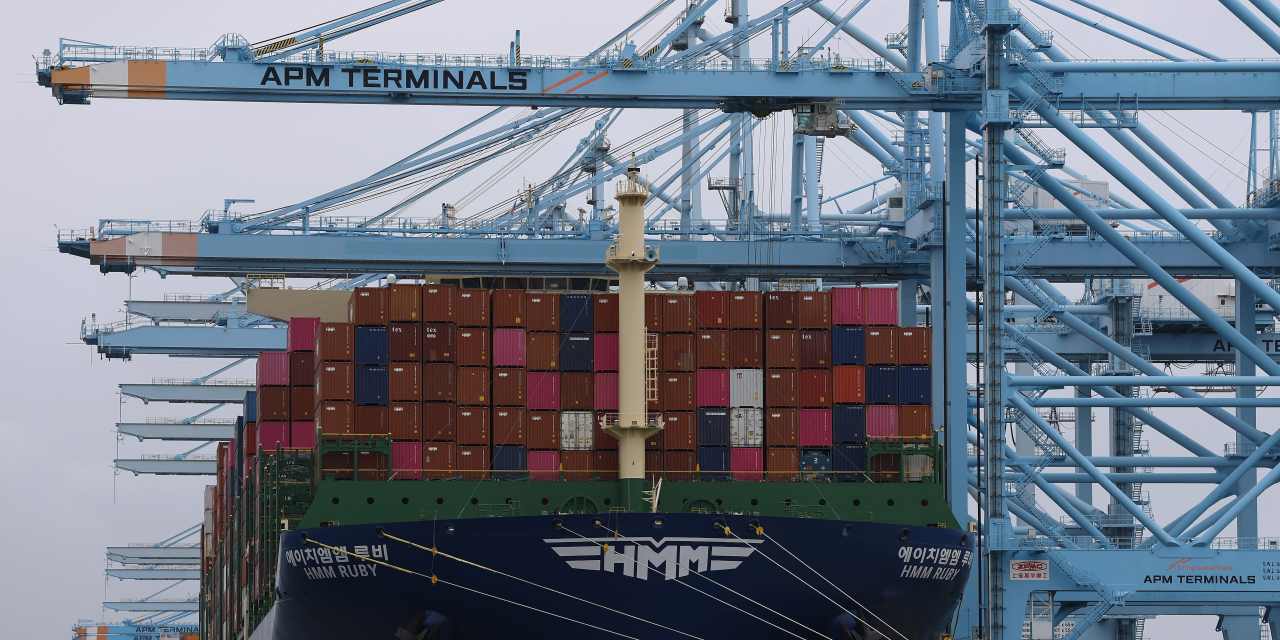Trade Court Rejects Trump Tariffs: Impacts on Markets and the Road Ahead

Late Wednesday, President Donald Trump’s tariff dispute experienced yet another turn as a U.S. trade court invalidated most of his tariffs, leading to immediate appeals from the administration. triggering an upturn for U.S. stock-index futures .
What happened
In Manhattan, the Court of International Trade sided with a coalition of small enterprises and Democratically supported state governments, determining that Trump exceeded the limits of his executive power. Notably, Trump utilized the International Emergency Economic Powers Act of 1977 (IEEPA) as justification for imposing tariffs, even though this act does not explicitly reference such duties.
The Constitution grants Congress the authority to establish tariffs. Over time, Congress has delegated specific powers to the President allowing him to impose tariffs in particular situations like breaches of trade treaties. The issue at hand for this court, which holds national oversight over all tariff and trade matters, was determining if the IEEPA empowered Trump to unilaterally apply limitless tariffs on products originating almost everywhere globally.
"The court interprets IEEPA as not granting such unlimited power and has invalidated the contested tariffs established under this act," stated a panel of three judges. in their decision .
This judgment pertains to Trump's flat 10% tariffs on various trade partners, along with what are known as reciprocal tariffs and those linked to fentanyl enforcement targeting Canada, Mexico, and China. However, tariffs on steel and aluminum—which were implemented using separate regulations—are not impacted by this ruling.
Market reaction
The financial markets have been highly sensitive to tariff issues, with U.S. stocks being particularly affected as they've experienced significant declines due to high tariffs imposed on major trade allies or even just the threat of such tariffs. President Trump has shown a tendency to ease off or postpone these tariff measures, leading to subsequent recoveries in the stock market.
The ruling triggered significant increases in equity futures S&P 500 futures showed an increase of 1.7% around 11 p.m. Eastern Time, whereas Dow Jones Industrial Average futures surged over 550 points, equivalent to a rise of 1.3%, and Nasdaq-100 futures climbed by 2%.
Should these increases persist through the night, key indices would be poised to build upon the robust gains recorded in May, which have sufficiently reversed the significant downturn that had nearly driven the S&P 500 into a bear market territory after President Trump announced his broad "retaliatory" tariffs targeting American trade allies back on April 2nd.
This outcome shouldn't be entirely surprising. Investors have been considering the potential of a verdict against Trump as a risk factor for the markets.
The Wednesday evening movement "represented the market easing off following several weeks of intense volatility triggered by the tensions over the trade war," according to Stephen Innes, managing partner at SPI Asset Management, who mentioned this in a statement.
The unexpected increase in tariffs sparked concerns about a possible rise in inflation along with an economic downturn. In response, Trump decided to postpone most of these tariffs, which aided in stabilizing the market. Earlier on Friday, Trump warned of imposing a 50% tariff on goods coming from the European Union starting June 1st, causing stock prices to fall. However, over the weekend, he extended the deadline for these tariffs until July 9th after the E.U. consented to expedite negotiations, leading to a significant rally in the markets on Tuesday.
This decision goes beyond being merely a minor legal detail; it marks a fundamental shift in the storyline: moving away from autocratic tariffs towards established safeguards," Innes noted. "Furthermore, traders, always seeking trends, are already anticipating and acting ahead of this reversal.
As mentioned by Innes and others, this decision isn't the final say on the matter.
What’s next
This decision plunges trade negotiations between the U.S. and several trading partners into chaos.
"How might China, Japan, the European Union, India, and the United Kingdom react to this information? According to Aniket Shah, a strategist at Jefferies, in a written statement, one factor behind the slowdown of bilateral talks could be that America’s trade counterparts possibly foresaw this development," he explained.
He stated that it remains uncertain if they will consider trade talks should be handled through the court system or if they will resume discussions with Washington regarding their trade policies.
Shah pointed out that another consideration is whether the administration will explore other legal routes for imposing tariffs instead of using the IEEPA. Are there alternate legal methods available to them such as Sections 232, 301, or 201 to enforce these tariffs?
In the meantime, investors are now grappling with the uncertainties related to an upcoming appeal to the Supreme Court.
"As this decision goes through appeals, it will extend the current ambiguity that is negatively impacting business investments," noted analysts from Renaissance Macro Research in an X posting.
All the discussion regarding TACO — a popular Wall Street acronym that champions buying tariff-induced dips because “Trump always chickens out — it’s worth remembering that Trump “usually follows through on at least some of his tariff threats,” they wrote. “If Trump wins on appeal, tariffs likely return.”